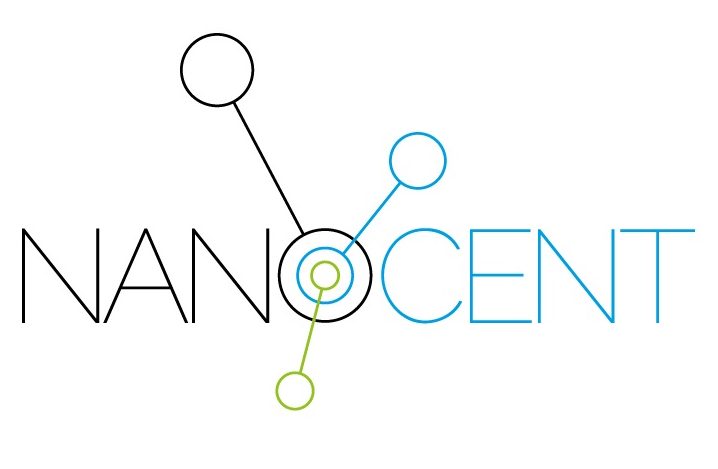Four subprojects
- A1 Nanocrystalline highly perturbed carbon materials (M. Dopita)
- A2 Epitaxial and nanocrystalline thin layers (V. Holý)
- A3 Real structure of nanocrystalline materials (R. Kužel)
- A4 Ultrafine-grained materials (M. Janeček and M. Karlík)
Specification of individual research goals of the project
A1
- Development and application of advanced methods describing the X-ray scattering on nanocrystalline highly perturbed turbostratic carbon materials.
- Description of microstructure and properties of industrially prospective carbon based nanomaterials, namely black carbons, carbon resins, hydrogen containing carbons, hard/soft non-graphitising carbons, pyrolytic and activated carbons, carbon nanotubes (SWCNTs, MWCNTs, CNTs) and glassy carbons on the basis of the X-ray scattering method results.
- Study of the Li-ion intercalation into the various types of carbon nanomaterials during charging/discharging of Li-ion batteries.
A2
- Development of the theoretical model of the diffuse scattering of X-rays on threading and misfit dislocations with the InGaN/GaN system.
- Development of the procedure of studying the local In concentration inhomogeneities within the epitaxial layers.
A3
- Extension of the Debye formula used for description of the diffraction patterns of the nanocrystalline materials in regard to the preferential orientation of nanocrystallites.
- Development of the procedure for estimating the amorphous amount in the nanocrystalline materials and thin layers.
- Development of the methodology for studying the surface layer of the nanoparticles which could be different from the nano-particle interior.
A4
- Phenomenological description of the influence of severe plastic deformation on phase transformations and physical properties of Ti and Mg biocompatible alloys.
- The employment of advanced experimental techniques for detail investigation of specific microstructure processes in UFG materials (grain fragmentation and refinement, deformation of precipitates, segregation of alloying elements on grain boundaries, heterogeneous precipitation, microstructural stability, etc.).
The development of application potential of UFG materials, specifically in the areas of nuclear and fission energetics, micro-electro-mechanical systems (MEMS) and in structural applications. The use of the tailored materials for specific applications.
